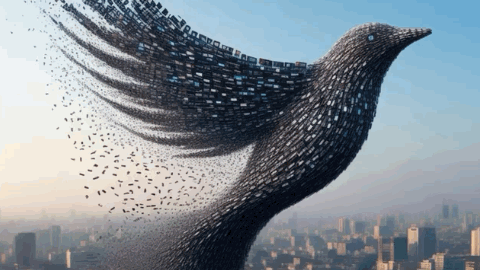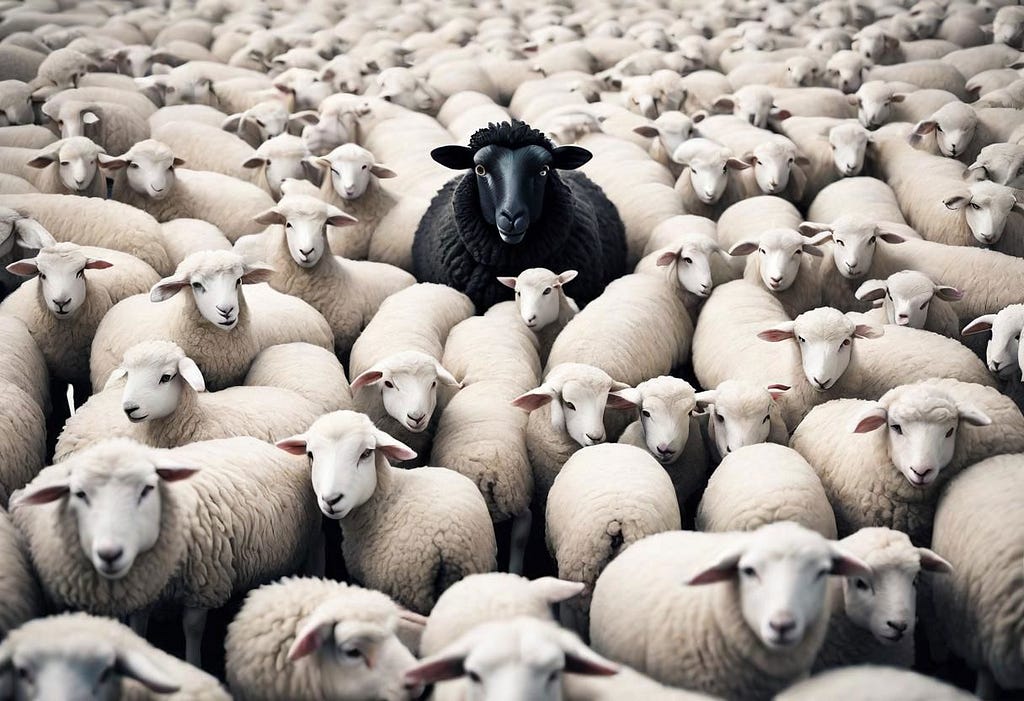Emptying the Cup “The mind is not a vessel to be filled, but a fire to […]
Posted 2 years ago Tagged Aidan McCullen
“It is better to be a warrior in a garden, than a gardener in a […]
Posted 2 years ago Tagged Aidan McCullen
“The opportunity is often lost by deliberating.” — Publilius Syrus, 43BC “The most difficult thing is the decision […]
Posted 2 years ago Tagged Aidan McCullen
“After the arrival of the Internet, we realised that under this triangular hierarchical structure, people […]
Posted 2 years ago Tagged Aidan McCullen
DALL E “The alignment, or congruence, between strategy and four organisational building blocks: critical tasks […]
Posted 2 years ago Tagged Aidan McCullen
“If the rate of change on the outside exceeds the rate of change on the […]
Posted 2 years ago Tagged Aidan McCullen
“The more constraints one imposes, the more one frees one’s self.” — Igor Stravinsky The Feline Frontier A […]
Posted 2 years ago Tagged Aidan McCullen
“7s Hire 5s, 9’s hire 10s”. — Jeffrey J. Fox The most certain path to infuse an organisation […]
Posted 2 years ago Tagged Aidan McCullen
“If you are always trying to be normal, you will never know how amazing you […]
Posted 2 years ago Tagged Aidan McCullen
“We cannot rest and sit down lest we rust and decay. Health is maintained only […]









